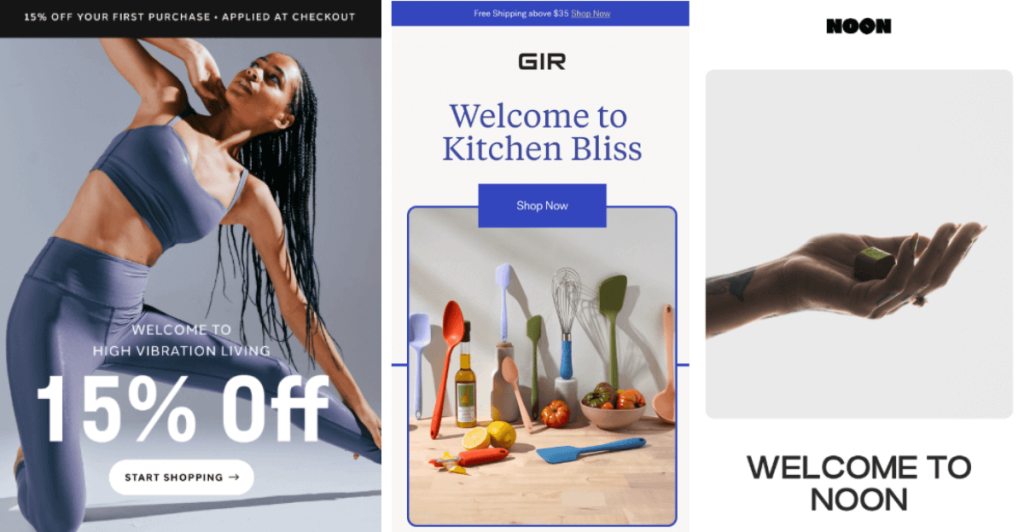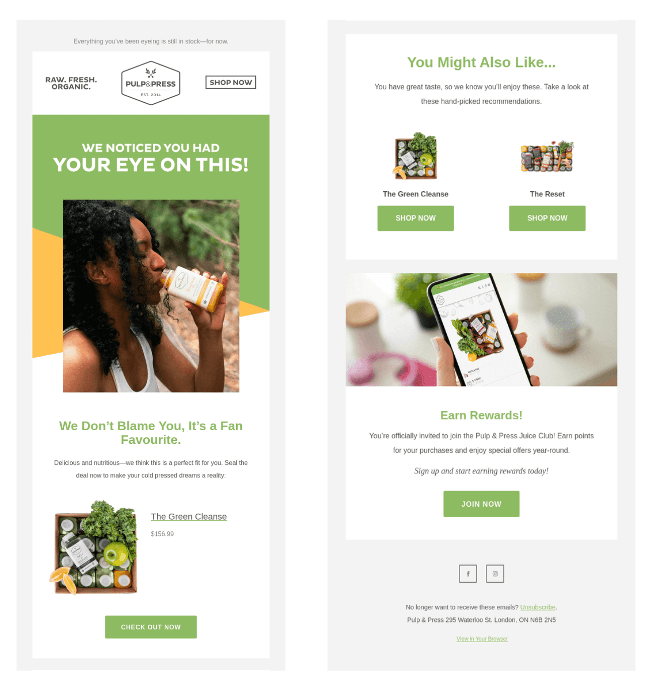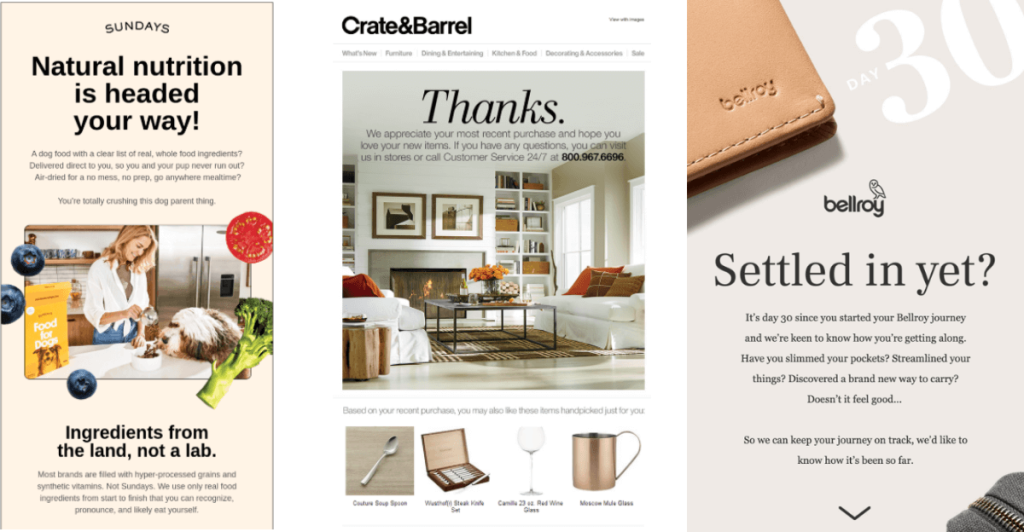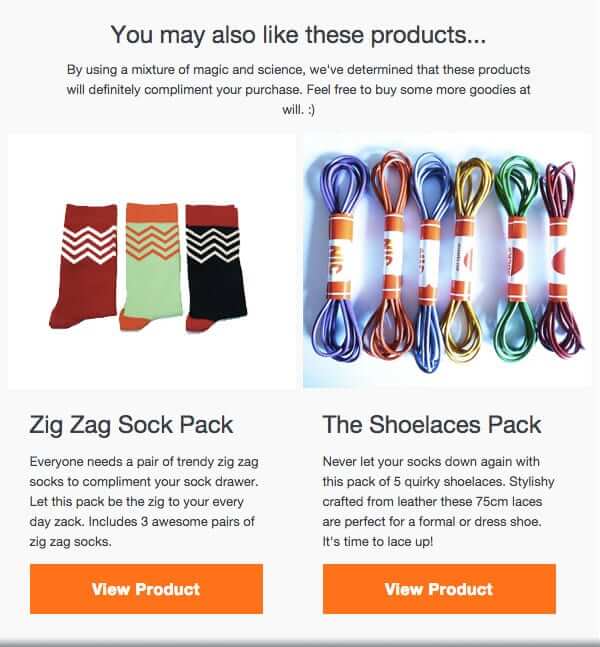What Is Lifecycle Email Marketing?
Lifecycle email marketing is a method of using automated, behavior-triggered emails to engage customers based on where they are in their shopping journey. These emails aren’t just random promotional blasts—they’re thoughtful messages tailored to each stage of the customer lifecycle.
Unlike traditional campaign emails that are sent to large segments all at once, lifecycle emails react to individual behaviors, such as signing up, abandoning a cart, or not purchasing in a while. This makes them more timely, relevant, and effective.
For ecommerce brands, lifecycle marketing is a game-changer because it guides customers through a structured funnel—from first touch to repeat purchase—on autopilot.
Why Lifecycle Emails Matter for Ecommerce
Every ecommerce shopper goes through a series of touchpoints before becoming a loyal buyer. These stages include:
- Discovering your brand
- Considering your products
- Making a purchase
- Evaluating their experience
- Coming back for more
Email is the perfect medium to support that journey. When you automate messages to match each phase, you improve the customer experience while increasing metrics like conversion rates, repeat purchases, and lifetime value (LTV).
With lifecycle email automation, you’re not just selling—you’re building relationships that scale.
The 5 Stages of the Ecommerce Customer Lifecycle

Understanding the customer journey is essential to sending the right email at the right time. Here’s a breakdown of the five stages every ecommerce shopper typically experiences:
- Awareness – The customer discovers your brand. They might follow you on Instagram, read a blog post, or subscribe to your newsletter.
- Consideration – They start browsing products, comparing options, or checking reviews.
- Purchase – They add items to their cart and complete the checkout process.
- Post-Purchase – They receive their order and begin forming opinions about your brand.
- Loyalty & Advocacy – They become repeat buyers and even refer friends.
Your goal is to create email flows that support each of these stages so no customer falls through the cracks.
Email Flows That Match Each Stage
Welcome Flow (Awareness & Consideration)

Trigger: New email signup
This is the most critical point of contact. Your welcome series sets the tone and either builds trust or causes drop-off. Use it to introduce your brand story, show social proof like reviews or testimonials, and offer a first-time discount.
What to Include:
- Email 1: Warm welcome + brand values + incentive
- Email 2: Showcase your bestsellers or customer favorites
- Email 3: Highlight testimonials or lifestyle content
Email Marketing Pro Tip: Make your welcome flow conversational and helpful—not salesy. That builds engagement from the start.
Browse Abandonment Flow (Consideration)

Trigger: Customer views products but doesn’t add anything to cart
This flow helps re-engage curious shoppers who haven’t yet committed. You can send reminders of what they looked at and add reviews, lifestyle photos, or educational content to nudge them toward a decision.
What to Include:
- Personalized product reminders
- Helpful content like “how to choose” guides
- Reviews or UGC to build trust
Email Marketing Pro Tip: Keep it subtle—don’t overwhelm with hard sells. A well-timed reminder often does the trick.
Cart Abandonment Flow (Purchase)

Trigger: Customer adds items to cart but doesn’t complete checkout
Cart abandonment is one of the most powerful flows you can implement. It captures hot leads right before conversion. Use urgency, address objections, and offer reassurance to drive them back.
What to Include:
- Reminder with cart contents
- Time-limited discount (optional)
- Clear return/shipping policies
Email Marketing Pro Tip: Start your first email within 1 hour of abandonment. Add a second email 24 hours later and a final push after 48 hours if they still haven’t purchased.
Post-Purchase Flow (Post-Purchase)

Trigger: Order completed
This is your chance to set expectations, reduce buyer’s remorse, and start nurturing loyalty. Thank your customers, confirm their purchase, and provide helpful info about their product.
What to Include:
- Order confirmation and tracking
- “How to use” or care instructions
- Cross-sell suggestions or accessories
Email Marketing Pro Tip: Show you care about their experience, not just the sale. This builds long-term loyalty.
Cross-Sell / Upsell Flow (Post-Purchase)

Trigger: Specific time after purchase
Once a customer is happy with their first order, they’re more likely to buy again—especially if the new product complements what they just bought.
What to Include:
- “Complete the set” recommendations
- Bundles or upgrades
- Personalized product suggestions
Email Marketing Pro Tip: Wait 5–7 days after delivery so they’ve had time to use their product and are ready to re-engage.
Winback Flow (Retention)

Trigger: 60–90 days since last purchase
If someone hasn’t ordered in a while, don’t write them off—try to bring them back with a targeted, value-driven message.
What to Include:
- Friendly reminder that you miss them
- Personalized recommendations
- Limited-time offer or exclusive discount
Email Marketing Pro Tip: Use behavior data to tailor your message—like reminding them of past purchases or suggesting items based on preferences.
VIP & Loyalty Flow (Loyalty & Advocacy)

Trigger: Repeat purchases, total spend, or referral activity
Your best customers deserve VIP treatment. This not only retains them but turns them into enthusiastic brand advocates.
What to Include:
- Early access to sales or drops
- Loyalty rewards
- Referral programs
Email Marketing Pro Tip: Make it feel exclusive—“You’re one of our top customers” messaging adds emotional value.
Common Triggers That Power Lifecycle Flows
You can set your email automation to respond to:
- Behavioral triggers: product views, past purchases, email engagement
- Time-based triggers: days since last order, birthdays, anniversaries
- Profile-based triggers: average order value, purchase frequency, location
Using these triggers helps ensure your emails always feel relevant, timely, and personal.
Top Tools for Ecommerce Email Automation
| Tool | Best For |
|---|---|
| Klaviyo | Advanced flows, segmentation, ecommerce analytics |
| Omnisend | Omnichannel (email + SMS) automation |
| Drip | Content-rich ecommerce and creator stores |
| Mailchimp | Simple flows for small businesses |
| Shopify + Apps | Native behavior-based triggers from store activity |
FAQs: Lifecycle Email Marketing
How many email flows should I start with?
Start with three: Welcome, Cart Abandonment, and Post-Purchase. These cover the beginning, middle, and end of a buyer’s journey.
Should lifecycle flows replace campaign emails?
No. Campaigns are still useful for product launches and seasonal promos. Flows are for long-term nurturing.
What’s the most common mistake ecommerce brands make?
They “set and forget.” You need to test subject lines, update offers, and refresh content regularly.
How often should I optimize my flows?
Review them at least quarterly. Adjust based on performance metrics like open rates, CTR, and revenue per recipient.
Can I use SMS in lifecycle automation?
Yes! Combine SMS with email to send reminders, shipping updates, and flash deals—especially for cart recovery and VIP alerts.
Do I need a developer to set this up?
Not at all. Most modern tools like Klaviyo and Omnisend offer drag-and-drop builders and pre-made templates.
Lifecycle = Long-Term Growth
Lifecycle email marketing isn’t just a tactic—it’s a growth engine. By automating emails around your customers’ behavior, you create experiences that feel thoughtful, relevant, and human. That’s how you turn first-time buyers into lifelong fans.
Instead of guessing when to send what, you let data do the work. With the right tools, flows, and optimizations, you’ll build a marketing machine that works 24/7—without burning out your team.
So start small, think big, and build flows that grow with your brand.




